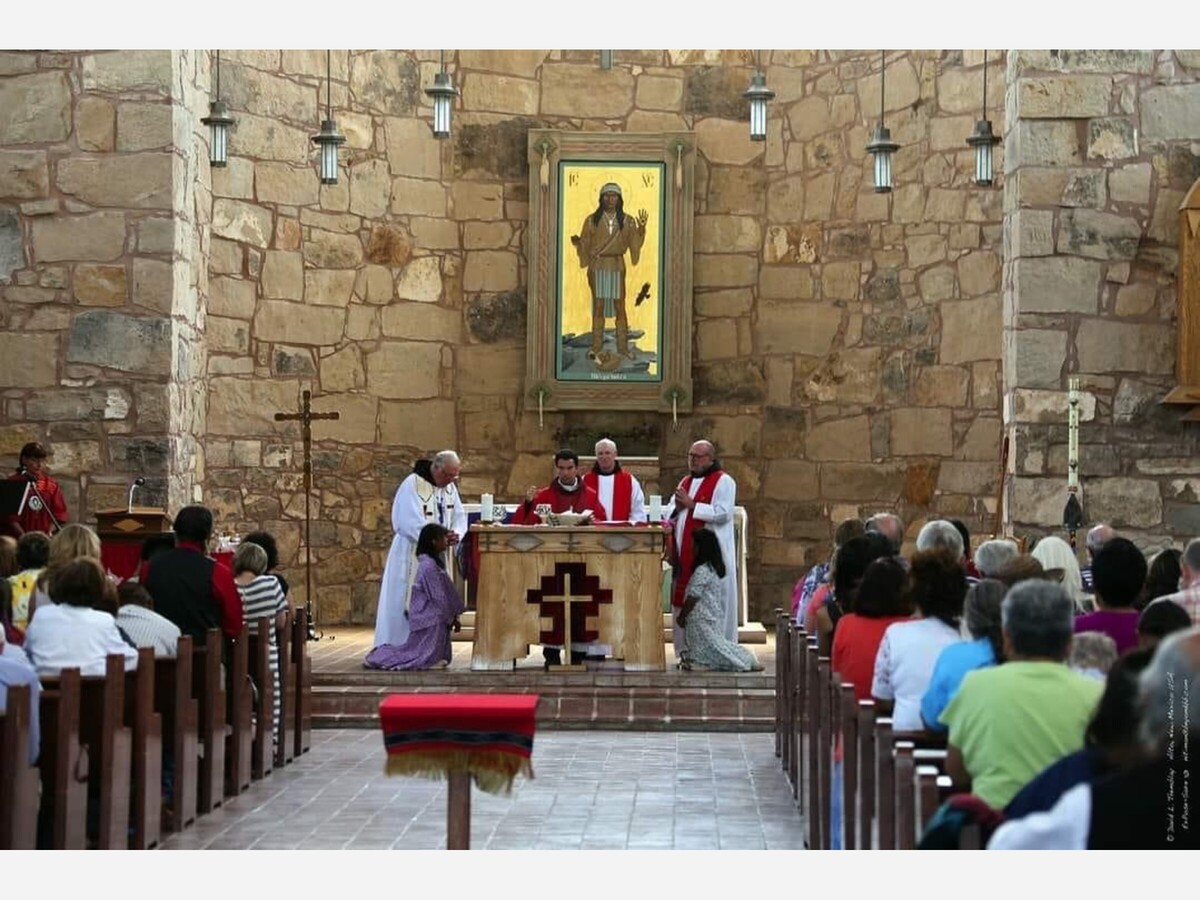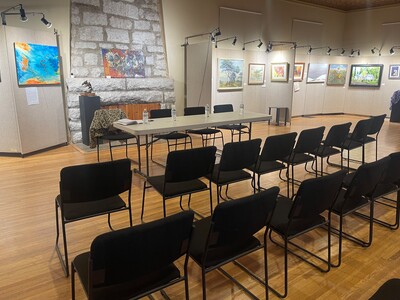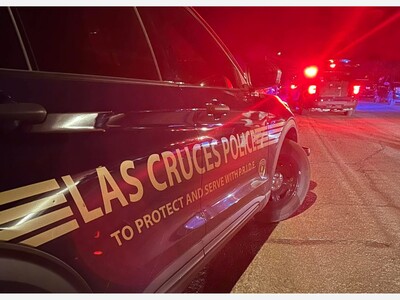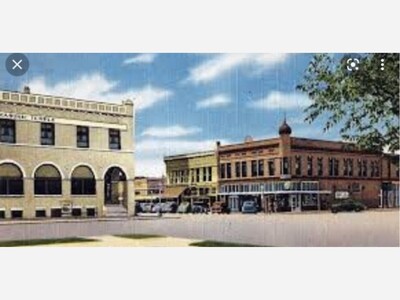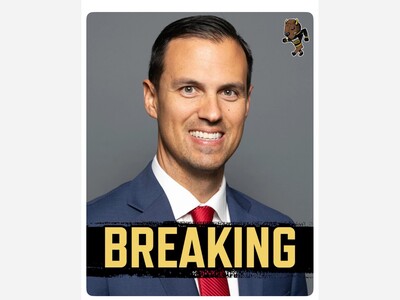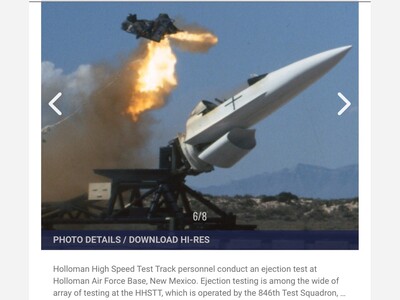Commentary by Artist Br. Robert Lentz, OFM on Mescalero Apache Christ Depiction
The creator of the Mescalero Apache Christ that until recently was showcased at the St. Joseph Apache Mission until Church Leaders Remove the Sacred Apache Christ Relics was created by retired Franciscan friar living at St. Bonaventure Friary, Br. Robert’s work is known worldwide. One of his most popular icons portrays the historical encounter between St. Francis and Sultan Malik al-Kamil in Egypt during the Fifth Crusade.
Also popular are his many icons of Christ. Br. Robert made the bold decision not to limit depictions of Jesus to the centuries-old “European face” characteristic of traditional icons. Instead he created moving images of Christ in the “now”—as an immigrant facing a barbed wire fence, for instance—and in the context of various cultures, such as his Apache Christ, which celebrates the customs and beliefs of the Mescalero Apaches of New Mexico. Just as Francis met with the sultan, Br. Robert met with the medicine men of the Mescalero, and climbed Sierra Blanca, their sacred mountain, to pray. Their time of listening to one another resulted in the eight-foot-tall icon Br. Robert created, which was blessed by both the medicine men and a priest during Mass in their church.
In his own words concerning the Mescalero Apache Christ artwork…
“No people in North American history have suffered as much from stereotypes as have the Apaches. A proud, monotheistic people of the desert and mountains, their history are strikingly similar to those of the ancient Jews. They, too, were enslaved, to produce wealth for Spain and Mexico. Many of them were carried off by the United States army to the swamps of Florida and Alabama as prisoners of war. Their crime had been defending their land -- a land they considered holy -- from invaders who respected neither their culture nor their faith. They live today on reservations hidden away in what is left to them of their sacred mountains.
This icon celebrates the beauty of Apache culture -- specifically the culture of the Mescalero Apaches of New Mexico. Christ is depicted as a Mescalero holy man, greeting the sun of the fourth morning of the woman's puberty rites. These are the most sacred of the Apache ceremonies, celebrating the sanctity of the gift of producing new life. A sun symbol is painted on his left palm, and he holds a deer hoof rattle in his right hand. A basket at his feet holds an eagle feather, a grass brush, and bags of tobacco and cattail pollen -- items used in the rites. He stands atop 12,000-foot Sierra Blanca, the sacred mountain of the Mescaleros. Behind him flies an eagle, the guide who first led the Apaches to their "promised land!" The inscription at the bottom of the icon is Apache for "Giver of Life," one of their names for God. The letters in Christ's halo are the Greek version of that name. The Greek letters in the upper corners of the icon are abbreviations for "Jesus Christ."
Christians find truth in what they call the Old Testament. They call the ancient Jews who fought slavery and defended their land, religious heroes and prophets. When the Apaches did the same thing during the last four centuries, however, Christians called them bloodthirsty savages and did their best to destroy them as a race. The Apaches have somehow survived four centuries of Christian genocide and continue to tell the stories of their heroes and prophets. Can modern Christians go beyond inherited stereotypes and find the sacred where they do not expect it? Apache prophets have much to say for those with ears to hear.”
“BTW, I gave it to the people, not to the diocese or even the Santa Barbara Province.”
- ARTIST: Br. Robert Lentz, OFM


